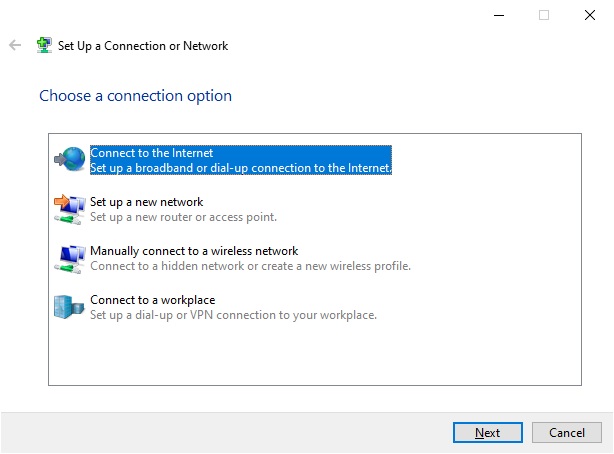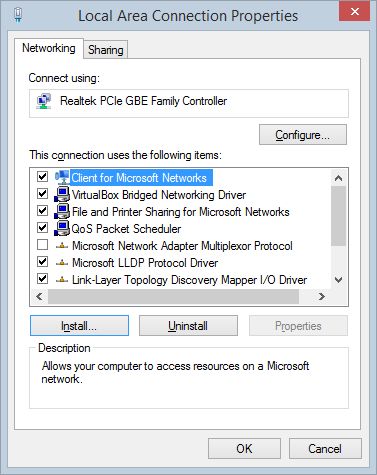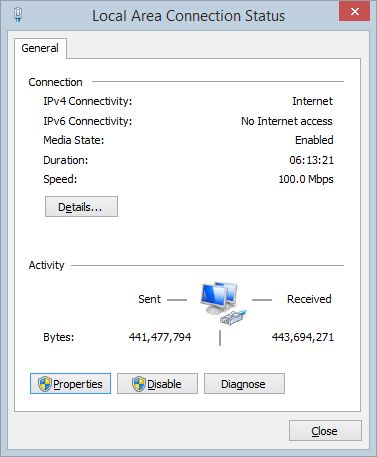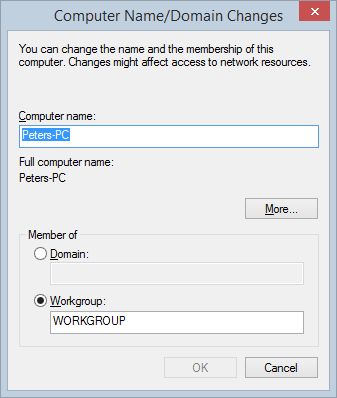
 |
Windows Guide |
Windows supports various network type connections whether it is by a standard ethernet connection, a wireless connection, a Virtual Private Network (VPN) or local connections via infrared, parallel or serial ports.

Windows supports a number of clients, services and protocols that can be assigned to a connection, for example:
Service: Client for Microsoft Networks (RPC Service)
Service: Microsoft MAC Bridge
Service: Microsoft NDIS Capture
Service: Microsoft Windows Filtering Platform
Service: Native WiFi Filter
Service: QoS Packet Scheduler
Service: Virtual WiFo Filter Driver
Service: WFP 802.3 MAC Layer Lightweight Filter
Service: WFP Native MAC Layer Lightweight Filter
Service: Microsoft WPF MEssage Capture
Client: File and Print Sharing for Microsoft Networks
Client: Client Service for Microsoft Networks
Protocol: Microsoft Network Adapter Multiplexor Protocol
Protocol: Microsoft LLDP Protocol Driver
Protocol: Link-Layer Topology Discovery Mapper I/O Driver
Protocol:
Link-Layer Topology Discovery Responder
Protocol: Internet Protocol Version 4 (TCP/IP)
Protocol: Internet Protocol Version 6 (TCP/IP)
Protocol: Hyper-V Extensible Virtual Switch
Protocol: Reliable Multicast Protocol
The most common items used are Client for Microsoft Networks, File and Print Sharing and the Internet Protocol (TCP/IP). A protocol called Internet Protocol version 6 (TCP/IP) expands the number of possible IP numbers for clients from 4 billion (in version 4) to 32 undecillian (2^128) clients.
Clicking on Configure for the Network Adapter will access more advanced settings including Speed & Duplex settings and Power Saving Mode.

You can view your connection status easily by open Network and Sharing Center and click on the Local Area Connection link. It will show the connection speed, duration of connection, and how many packets have passed through it. Clicking on the Details tab will display the IP address information:

If using Windows in a Workgroup or a Domain, you can configure which workgroup or domain you belong to via the System control panel. Just click on the Computer Name tab and click the Change button to select and enter the workgroup or domain. You can then browse neighbouring computers via Explorer under Network.

If you open the Command Prompt, then you can use a number of commands to manipulate or display status of your network connection.
Windows PowerShell also have many more Network commands such as:
If you are having problems with your network connection, right click the network icon (PC with ariel) in the right hard part of the task bar and
select Troubleshoot Problems to start a wizard to help you resolve the issue.
Back to Windows Guide